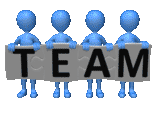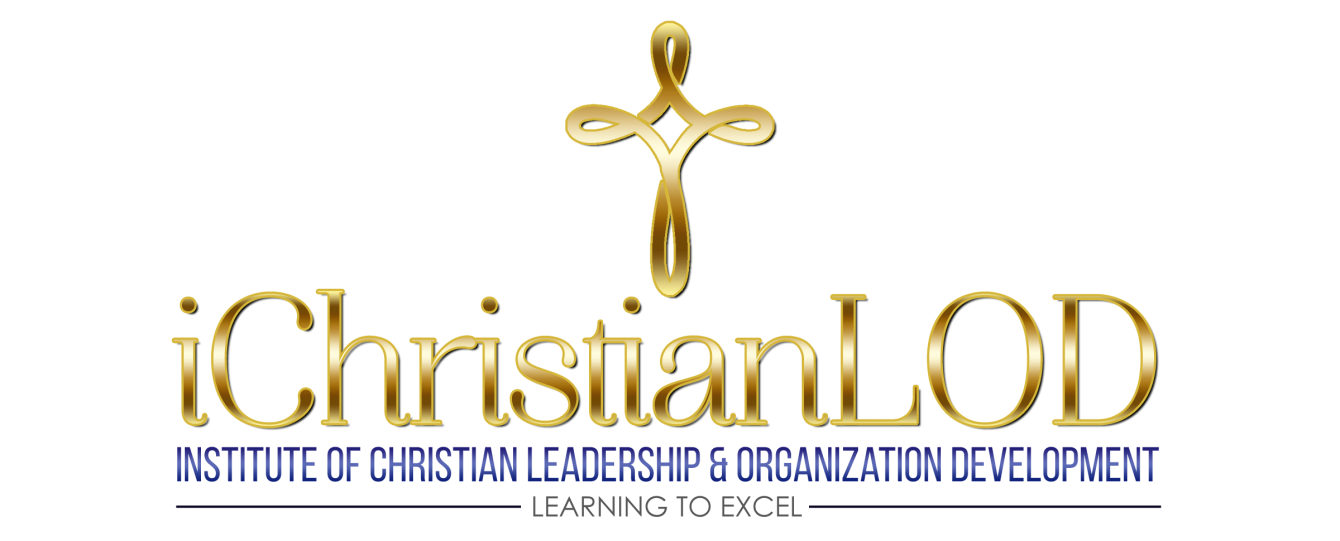The First Step in Building an Effective Team
The first step a leader does in building an effective team, is to rally employees around a worthwhile meaningful organizational goal. To do this, the leader uses his or her legitimate power and influence to get a co mmitment — sometimes called buy-in — from the members of the team to work towards certain goals. To get this buy-in, the leader has to clearly articulate the purpose and goals for the team, establish performance standards, and make certain that the goals of the individual teams members are the same as the goals of the team. This is an important and vital first step in building an effective team because commitment is the fuel that accomplishes goals. The power of commitment lies in its emotional and psychological attachment and subsequent reward to employees who are committed to the same goals as the organization.
mmitment — sometimes called buy-in — from the members of the team to work towards certain goals. To get this buy-in, the leader has to clearly articulate the purpose and goals for the team, establish performance standards, and make certain that the goals of the individual teams members are the same as the goals of the team. This is an important and vital first step in building an effective team because commitment is the fuel that accomplishes goals. The power of commitment lies in its emotional and psychological attachment and subsequent reward to employees who are committed to the same goals as the organization.
There are three components to organizational commitment: affective, continuance, and normative commitment. Affective commitment relates to the emotional attachment an employee has to the values and goals of his organization. Affective commitment is impacted by job satisfaction and the personal values of the employee. Continuance commitment is the degree to which an employee is determined to remain with the organization. In other words, an employee who has plans to leave the organization will not be as committed as one who sees himself as long-term. Normative commitment is the sense of obligation. It’s a socialized commitment that is influenced by co-workers.
